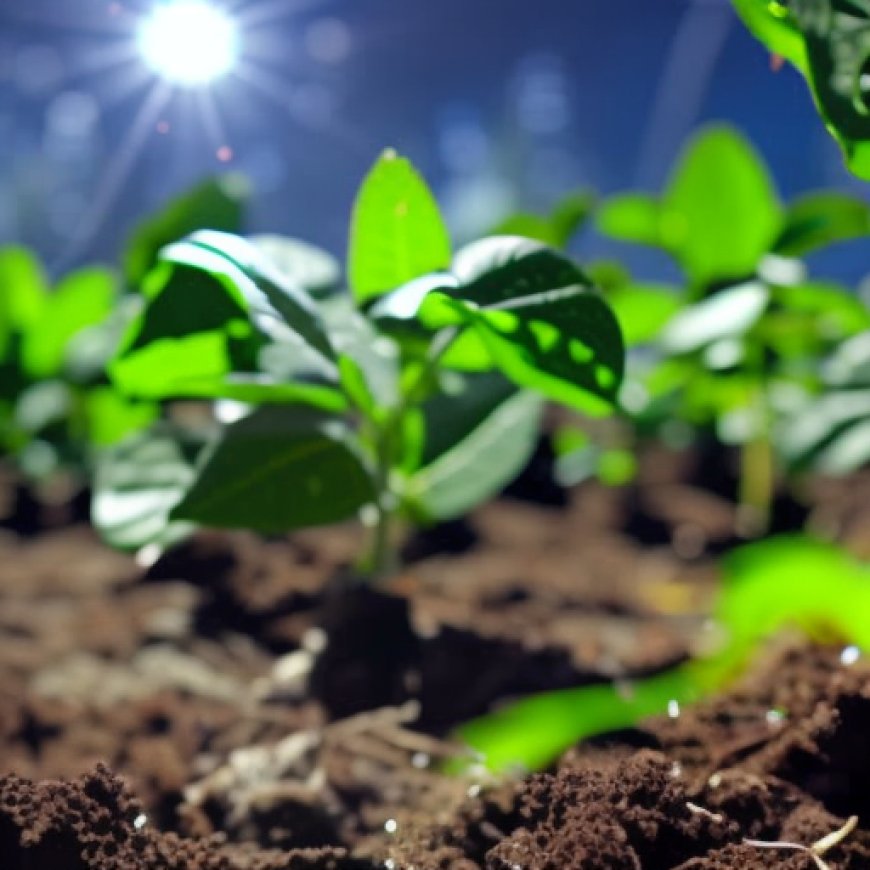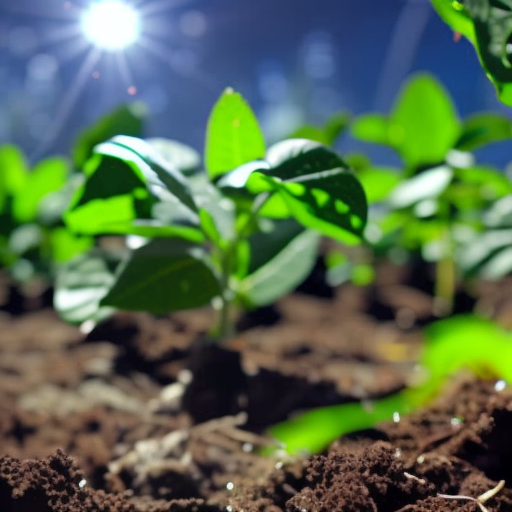CO2 use in greenhouses does not disprove harm on climate
CO2 use in greenhouses does not disprove harm on climate AFP Factcheck


An Instagram post casts doubt on warnings about carbon dioxide (CO2) levels in the atmosphere by pointing to the successful use of the gas for greenhouse crops. This is misleading; such emissions are not all absorbed on a global scale, leading to increased temperatures and climate change.
“The ideal CO2 level for growing food is 400ppm & 600-1000ppm is used in greenhouses to increase yield by over 30 percent & reduce pests & diseases,” says text over a video shared July 20, 2023 on Instagram. “Yet climate scientists tell us 350ppm is so dangerous we will all starve. Question everything.”
The clip shows footage of tomatoes in a greenhouse. The post’s caption says: “Why do they really want to cut carbon? Maybe to starve us?”

Screenshot of an Instagram post taken August 1, 2023
Similar claims have circulated on Facebook and Twitter, which is being rebranded as “X,” as well as in blog posts.
The process of adding CO2 to a greenhouse for the purpose of increasing plant productivity is known as the carbon fertilization effect (archived here). But Are Olsen, a professor at the Bjerknes Centre for Climate Research in Bergen, Norway, told AFP the technique is incomparable to CO2’s impact worldwide.
“Greenhouses have controlled temperatures, watering systems, fertilizer levels, etc — while natural environments do not,” he said August 2.
Scientific studies have demonstrated how increases in atmospheric CO2 have negative effects on plants and the planet as a whole.
“It is unequivocal that human influence has warmed the atmosphere, ocean and land,” the United Nations Intergovernmental Panel on Climate Change (IPCC) said in the first part of its 2021 report (archived here).
‘Cherry-picking information’
Rising CO2 is associated with higher temperatures and could factcheck.afp.com

Join us, as fellow seekers of change, on a transformative journey at https://sdgtalks.ai/welcome, where you can become a member and actively contribute to shaping a brighter future.







